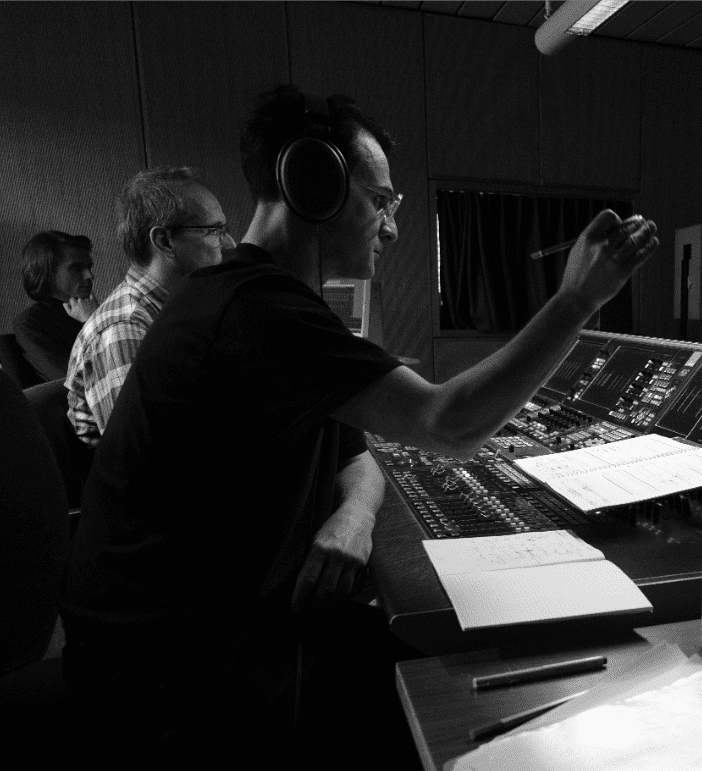
What must change in music is the material
I write the music I want to hear, and I write the music I don’t hear outside there. It’s simple.
Before I started to write Schmelzpunkt in 2013, the first piece on the CD, I had the realization that there would be a possibility to create new meaning, new relations music-wise, and I had the constant idea with me of having a sound in relief. So out of the idea of having music in relief, I had many question marks. How to make those aspects possible through the forces of musical energies.
It was a turning point. At least the first 4.5 minutes were a big liberation for me. It is the first real piece of mine, that was facing part of the things I said before. It was writing with a new skin, a first release in terms of having a music in relief and an explosion of energy. The original title is Schmelzpunkt with Anselm Kiefer, who, back in the time, was important for me and for my understanding of how to create relief in music.
It was very uneasy, because the way I write music today is quite different, from how I dealt with music back in the time. Form-wise, it has been a challenge. With the Unison Duo, which I wrote in the year 2023, I created a hyper-instrumentum out of those two instruments. A new way how to think about timbre and sound. The unison can be multiplied on many different layers with extended techniques, dynamic groups, exaggerated air pressure and amplification. Klangrelief means sound in relief or sound relief, and it is a continuous wall of sound granulation.


When I wrote Die Schwarze Ausstellung in 2018, it was really time, to put all the solutions I found into writing, and I felt I was a bit late. It goes back to 2011, when the idea came to me, to start contrasting opposite meanings on every musical parameter, like timbre, dynamics, extended techniques, frequencies, and tempo. That’s what we can hear and have with Die Schwarze Ausstellung. It faces all of those concerns. I wrote a music you can understand through your body. Without question marks. Living a shock as the best way of understanding music. Whenever you have a shock, you don’t question. Only afterwards you can dig into it.

Simone Santi Gubini is an Italian composer, born in Rome, who lives and works in Berlin. He is particularly interested in music as an intense physical experience. In music as a request to satisfy. Using highly textural developments, extreme ambiguity and overexposed tones, the composer forms a raw and tangible sound. He creates maximum contrast on every musical parameter and a continuous burst of shift in relations to build new ones, forcing the established perception to break. The brutality of loudness and the relentless intensity of the music demand great physical strength from the performer and a state of absolute control whilst losing it. The body of instruments (hyper-instrument) mediates the enormous release of sound onto the audience. A sound of accelerated impact manifesting shock. Shock as an intense music experience.



